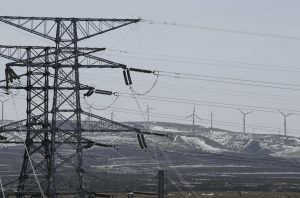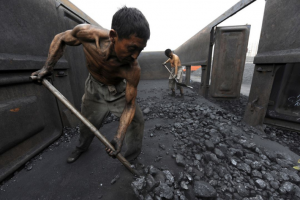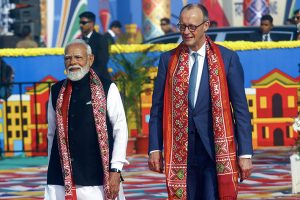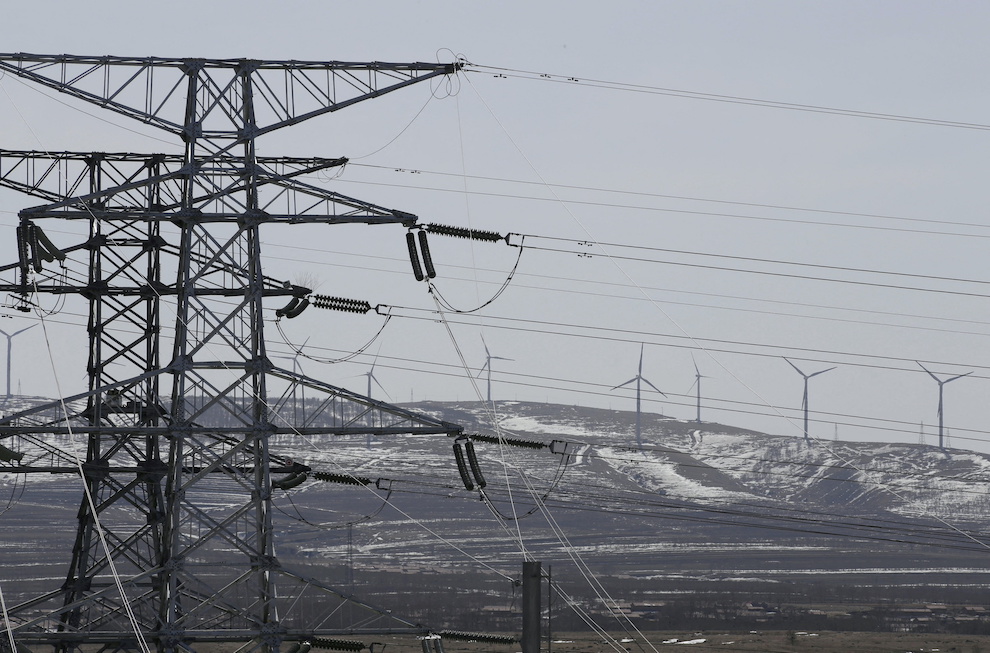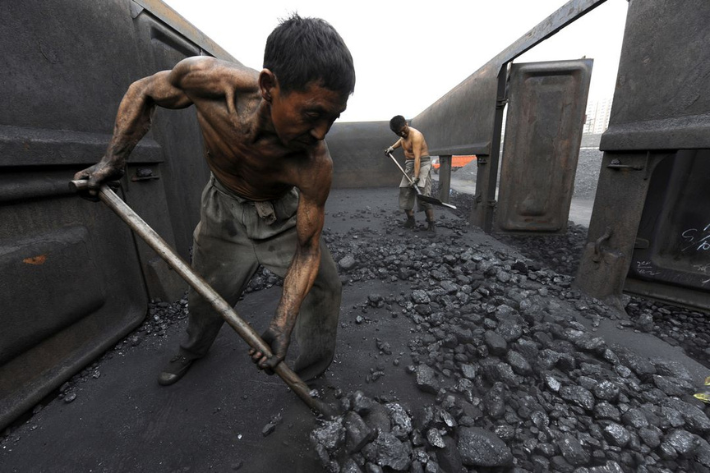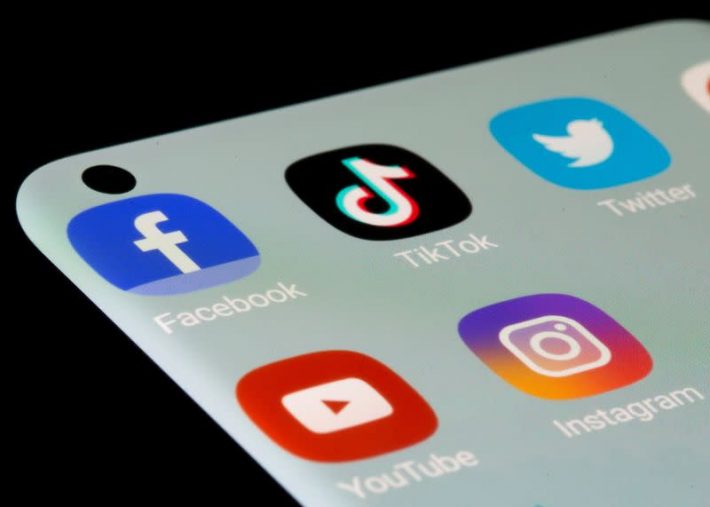India’s central bank on Thursday left its key lending rate unchanged at a record low 4%, maintaining its accommodative policy stance to help the economy recover from the coronavirus pandemic.
As expected, the Reserve Bank of India (RBI) monetary policy committee (MPC) also left the reverse repo rate, a key borrowing rate, unchanged at 3.35%.
Analysts had forecast that the RBI would raise the reverse repo rate by 20 basis points to align with short-term money market rates and narrow the gap with the key lending rate.
The MPC, in a delayed meeting, voted unanimously to maintain the status quo on the repo rate and 5-1 to retain the accommodative policy stance.
“These decisions are in consonance with the objective of achieving the medium-term target for consumer price index (CPI) inflation of 4% within a band of plus or minus 2%, while supporting growth,” the committee said in a statement.
MPC members pointed to the rapid spread of the highly transmissible Omicron coronavirus variant and associated restrictions dampening global economic activity.
No Broad-Based Recovery
Indian data was also downbeat. “Recovery in domestic economic activity is yet to be broad-based, as private consumption and contact-intensive services remain below pre-pandemic levels,” they said.
Looking ahead, the MPC said the pace of the domestic recovery is catching up with pre-pandemic trends but private consumption is still lagging. “Covid-19 continues to impart some uncertainty to the future outlook.”
In a statement accompanying the decision, RBI governor Shaktikanta Das said consumer price inflation has edged higher since its last meeting, but largely along anticipated lines.
“The increase in inflation in December was entirely due to unfavourable base effects despite month-on-month decline in prices,” he said.
“Large buffer stocks of cereals and effective supply side measures augur well for food inflation. Core inflation remains elevated, but demand-pull pressures are still muted.”
Das said the renewed surge in international crude oil prices, however, needs close monitoring.
- George Russell
READ MORE:
Digital Rupee Will Help Cut RBI’s Operational Costs – ET
India to Export Coal to Neighbours in Counter to China
India Covid-19 Deaths Top 500,000 in Likely Undercount






